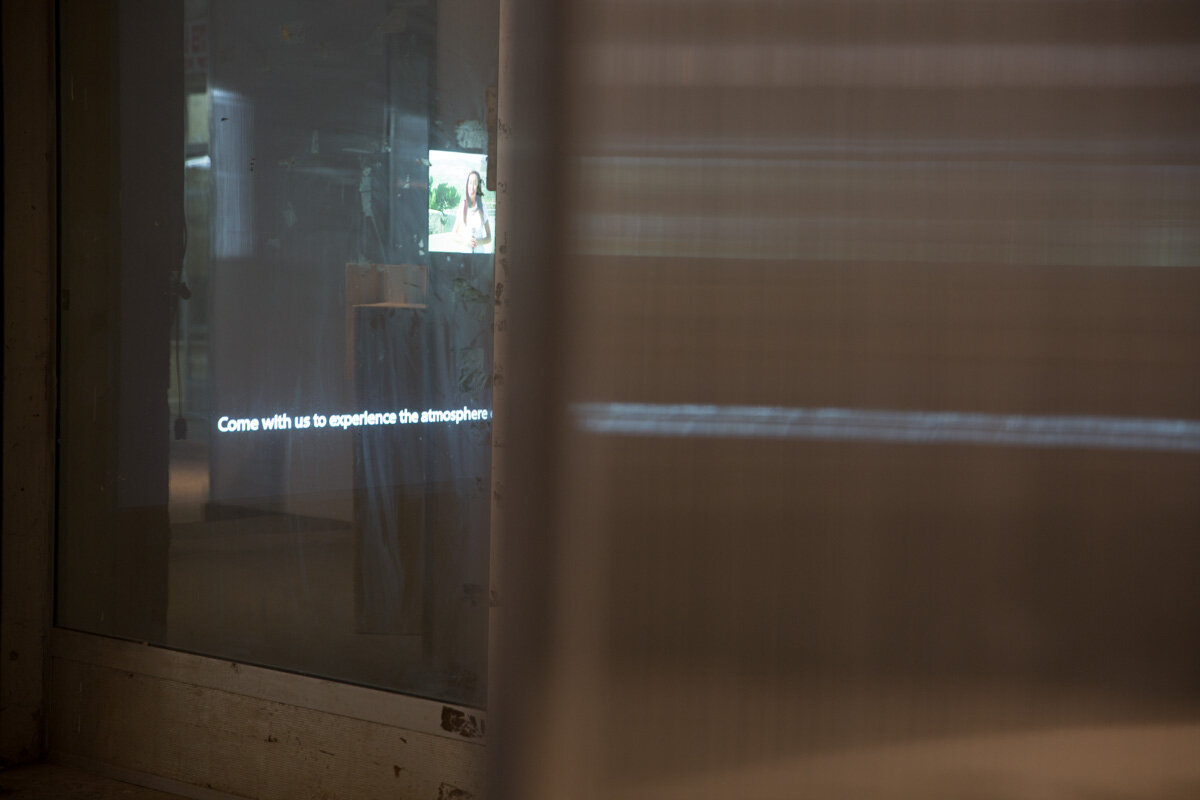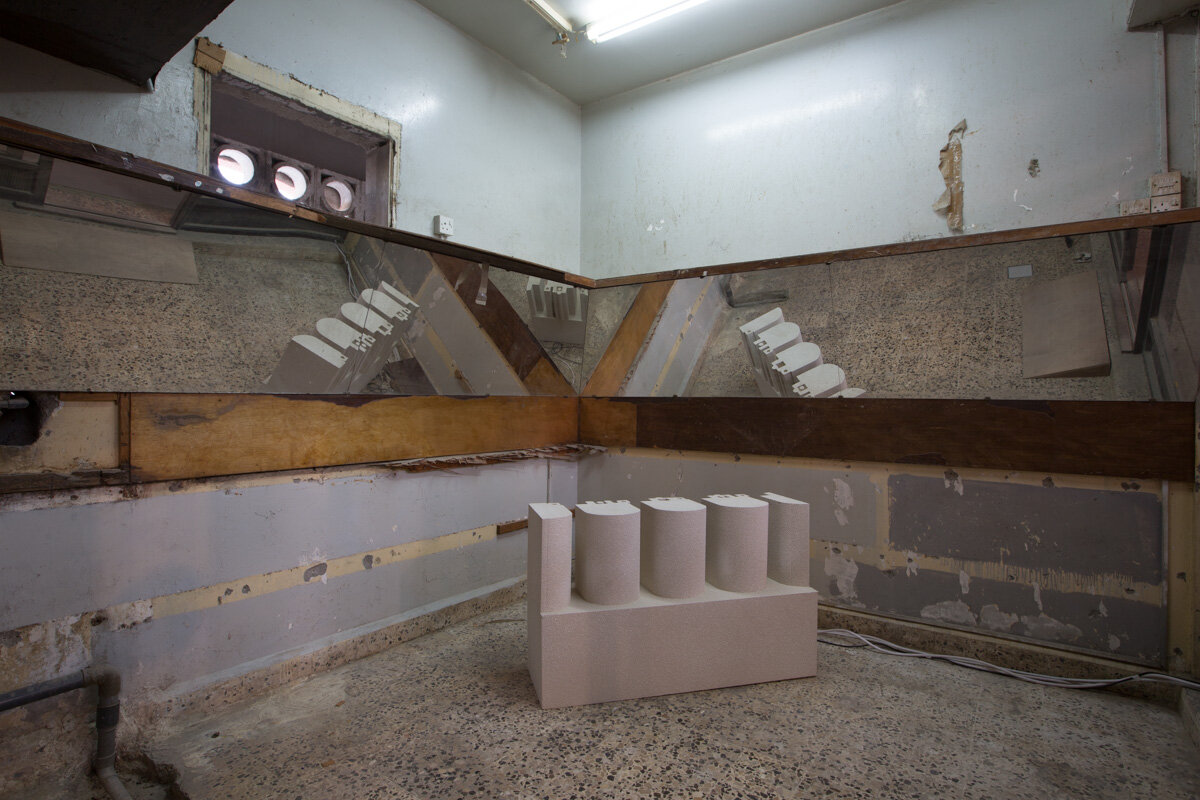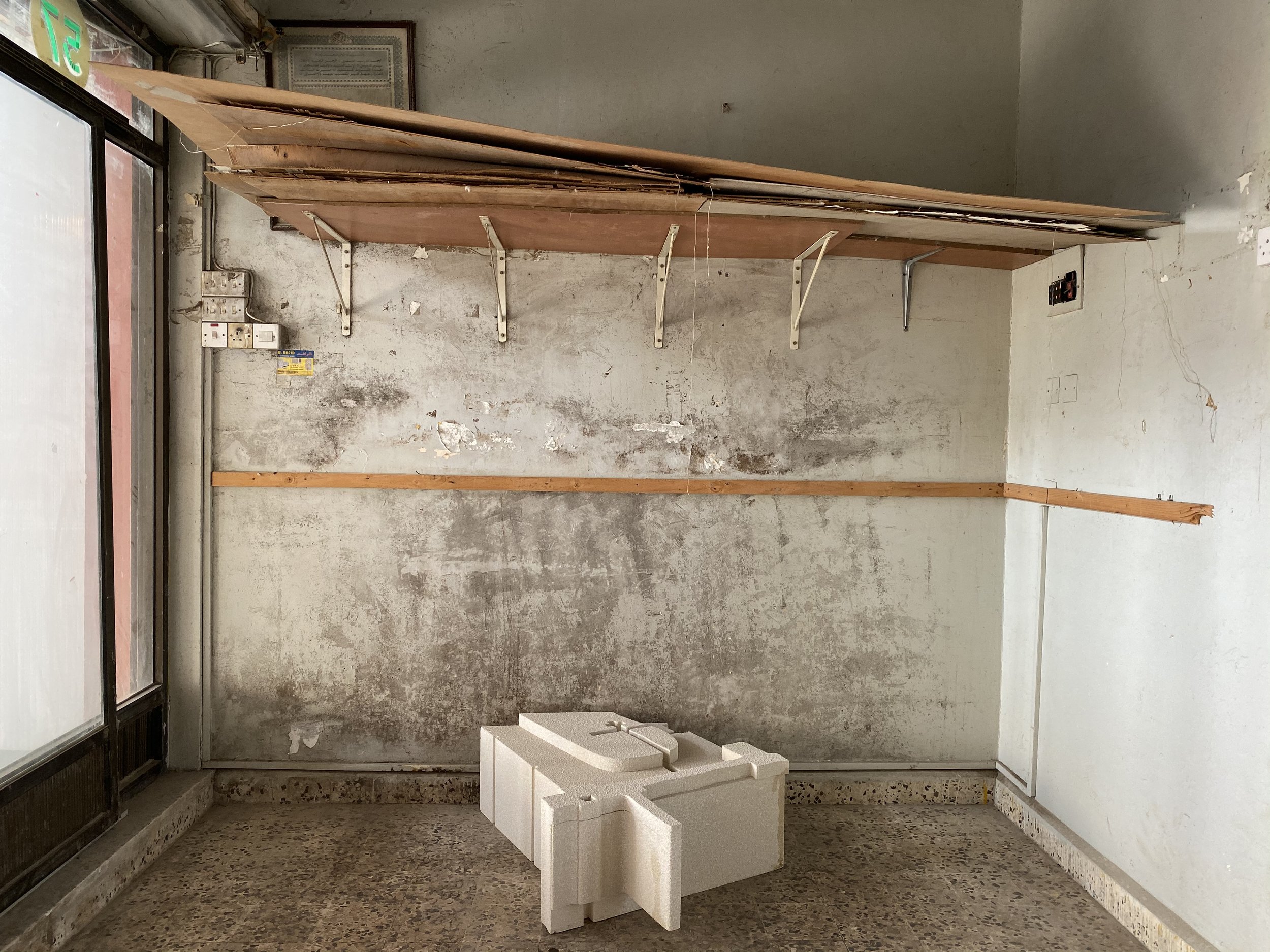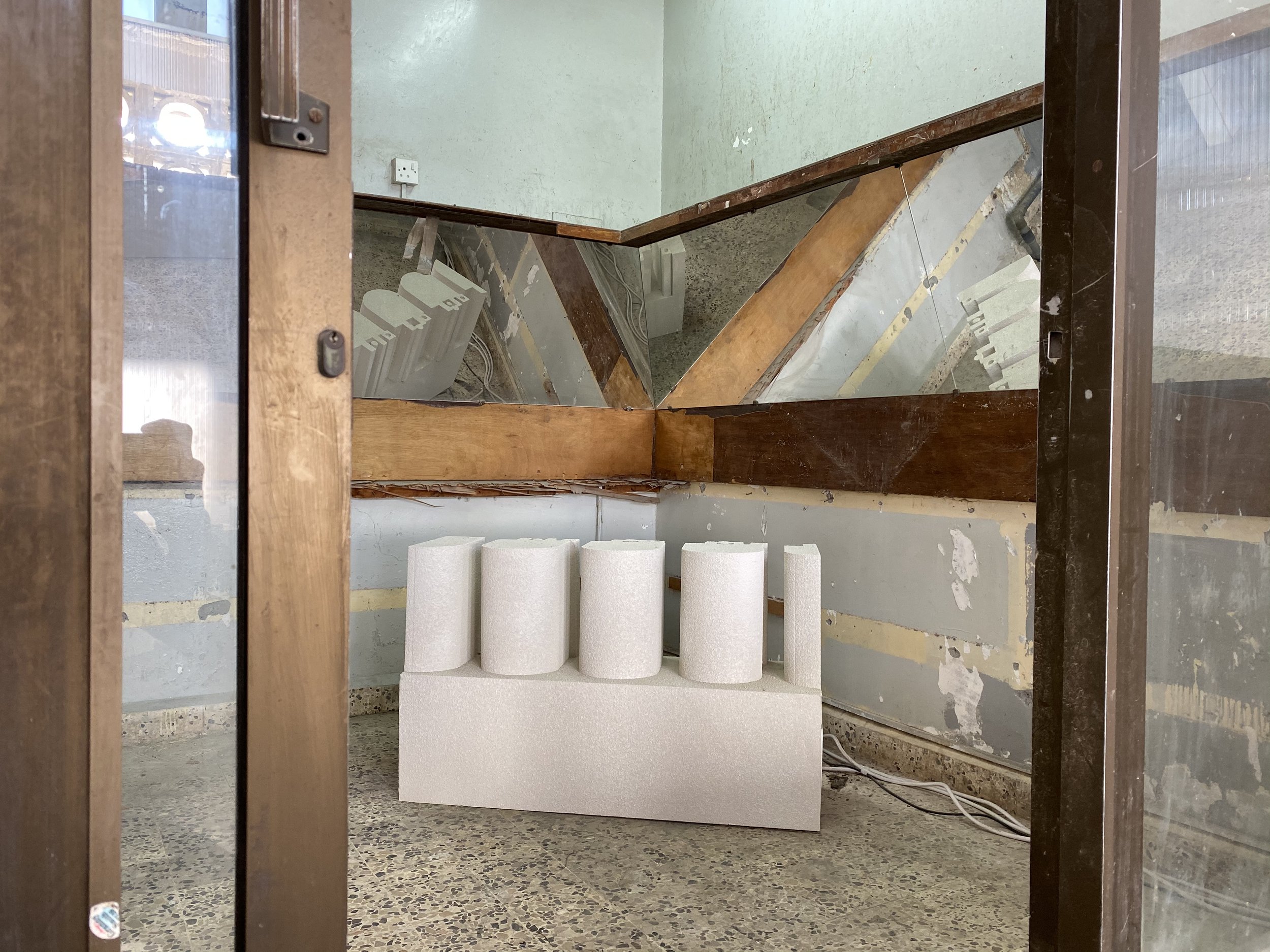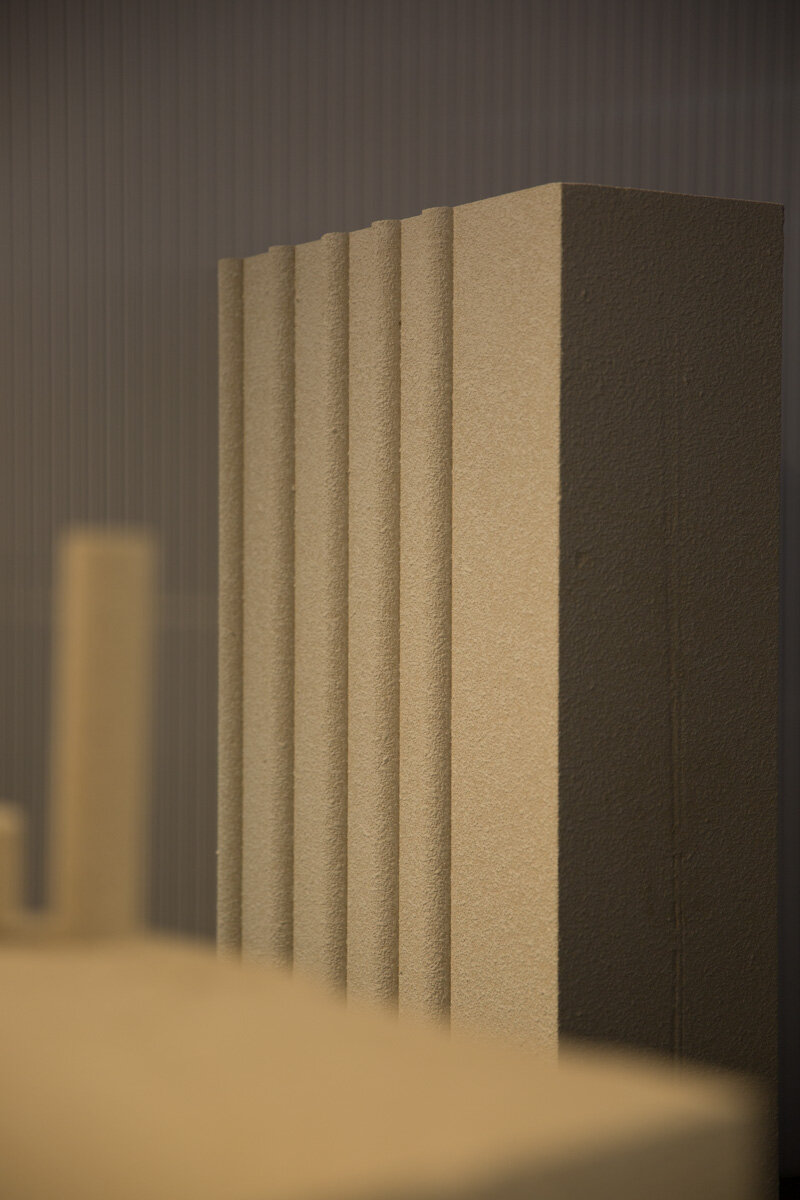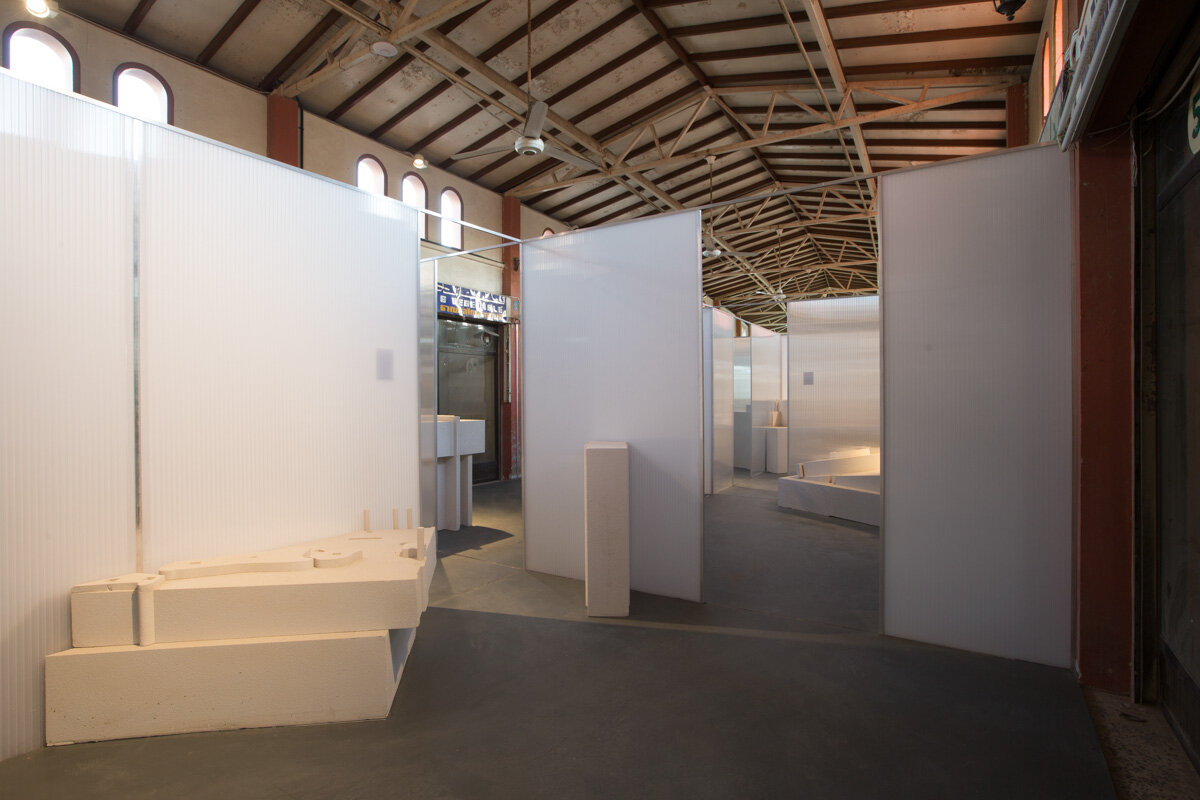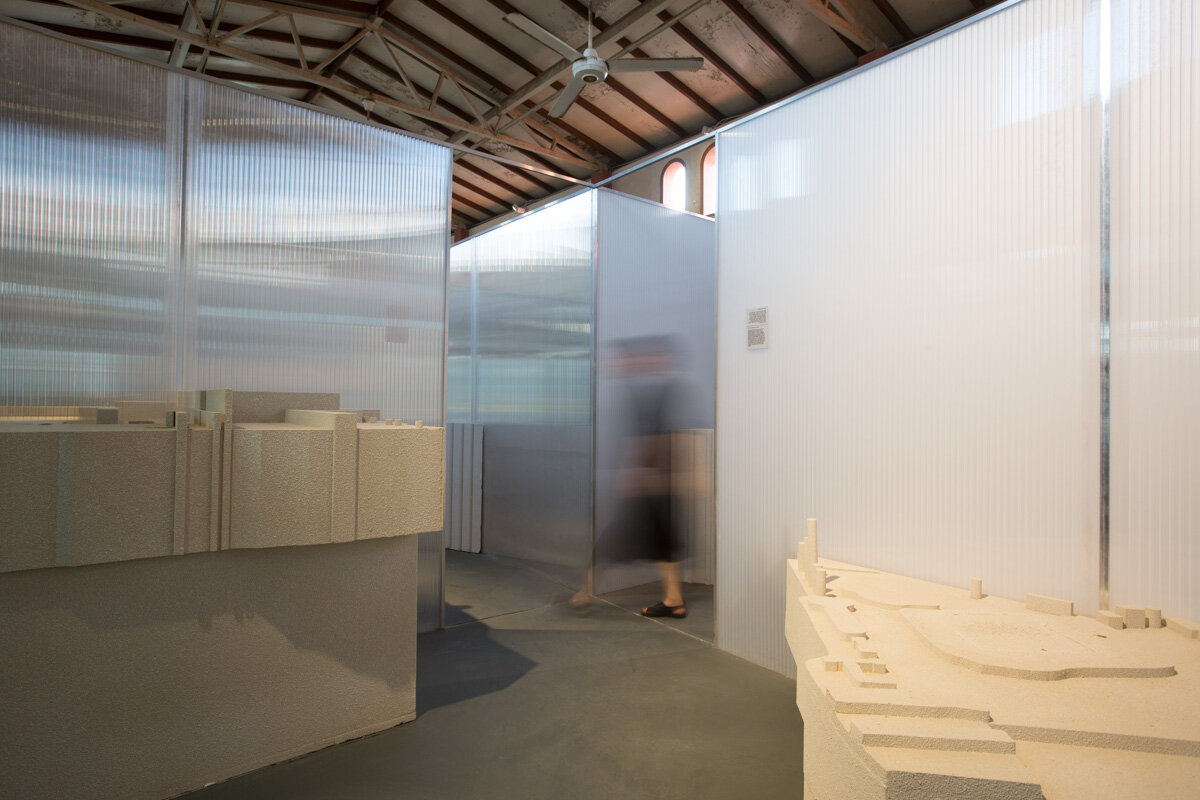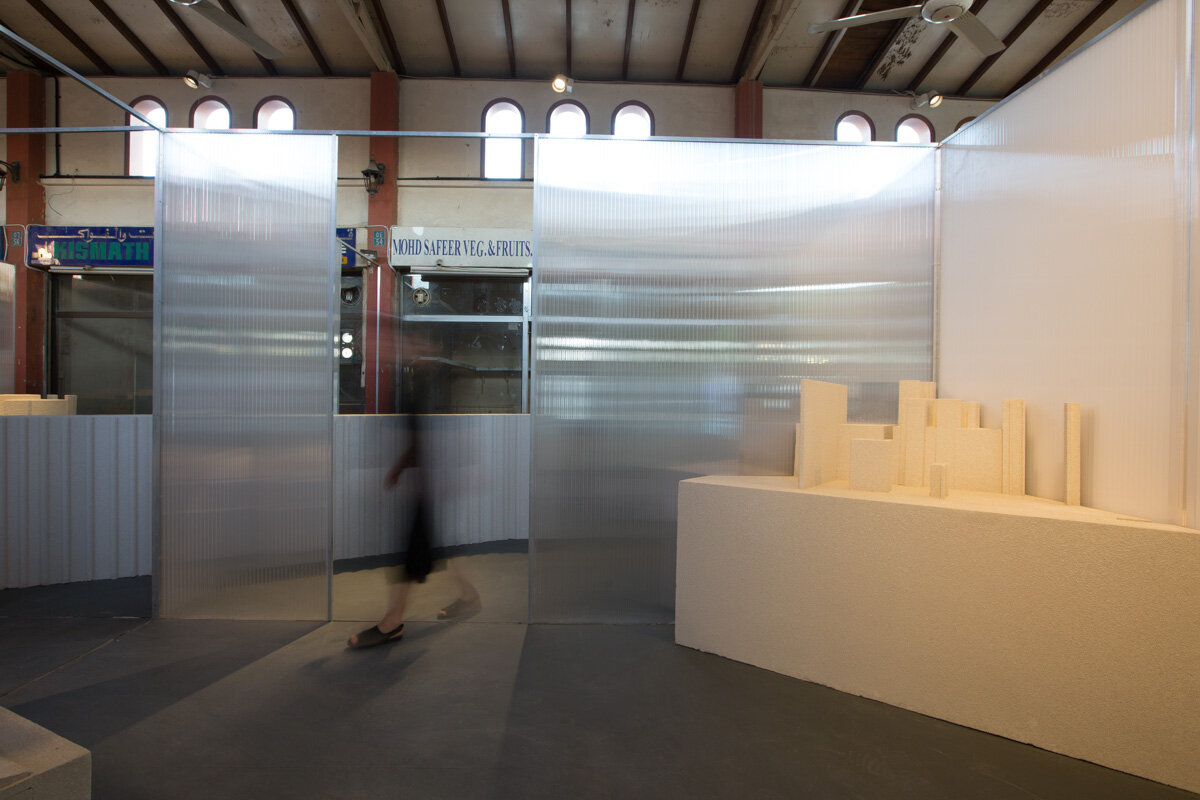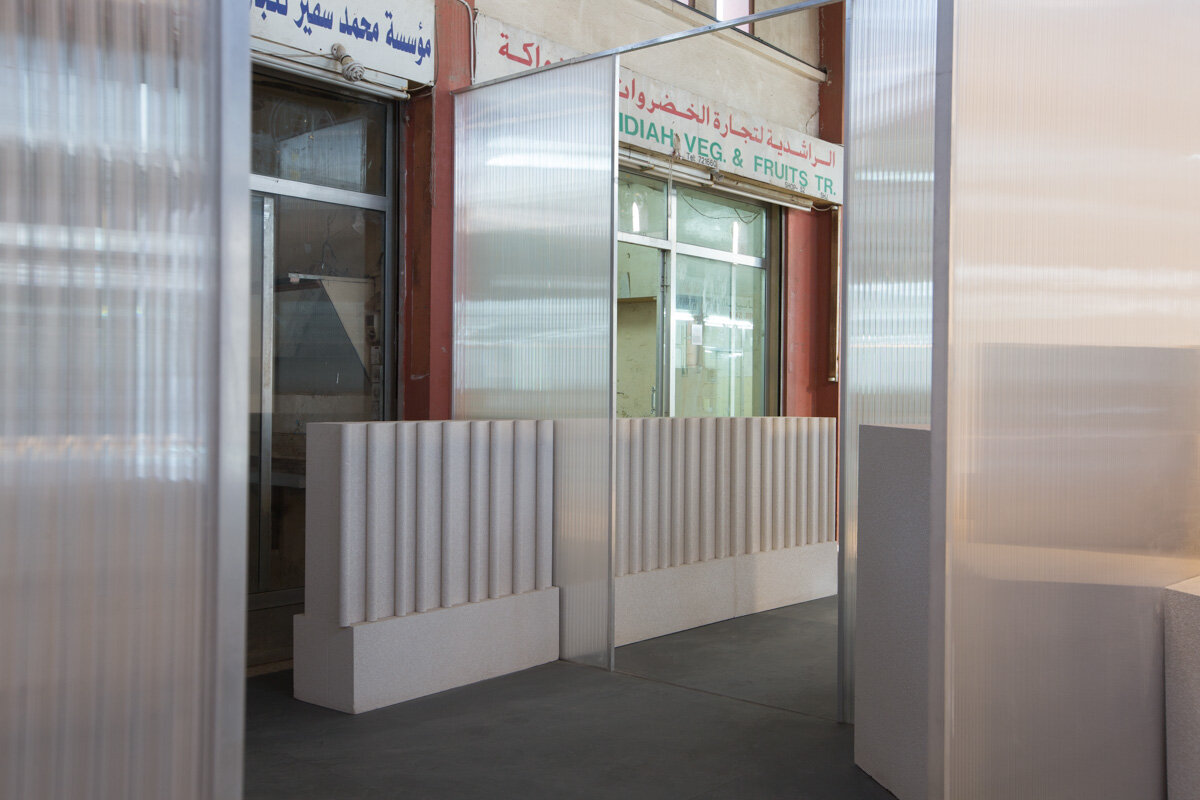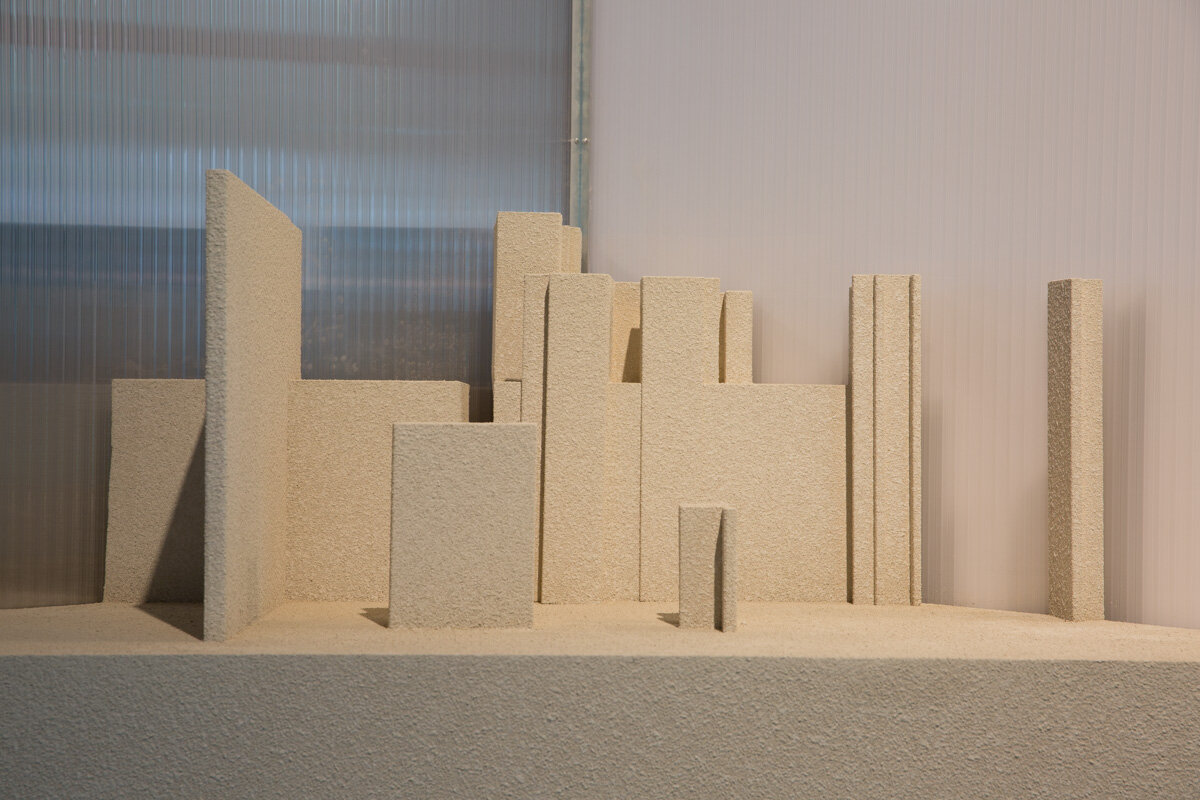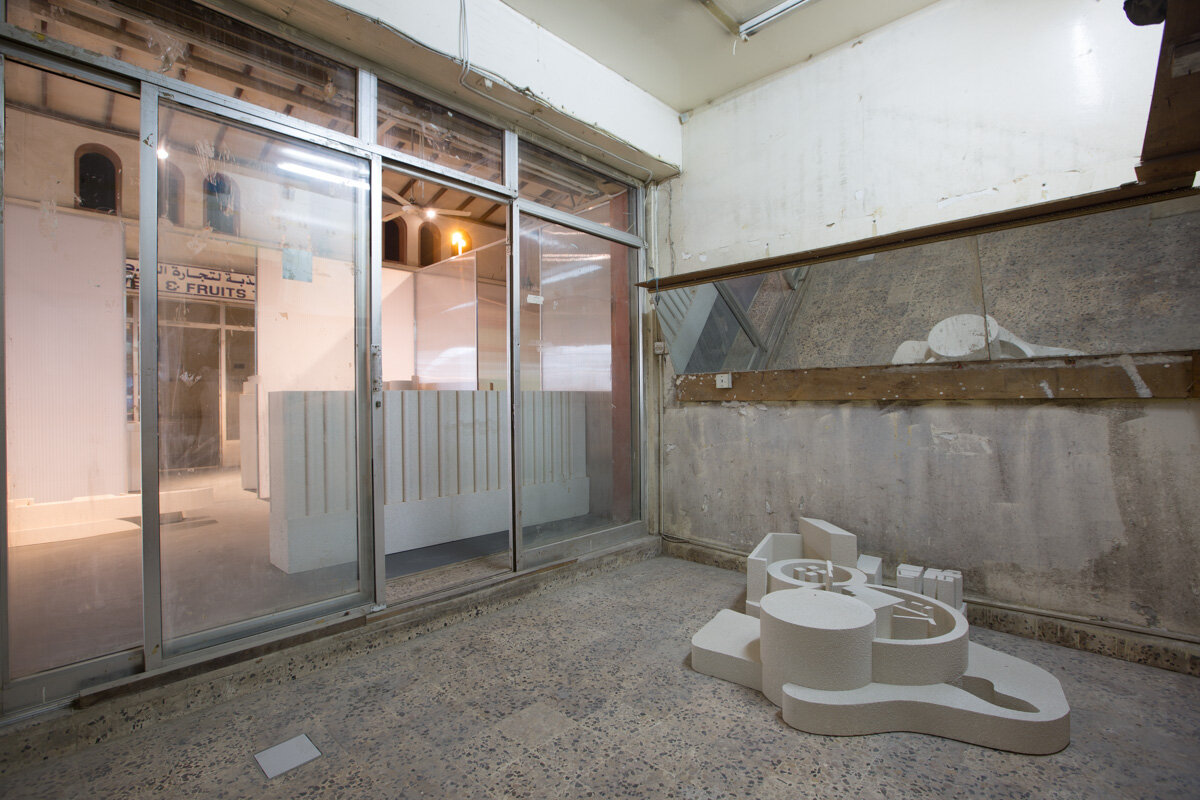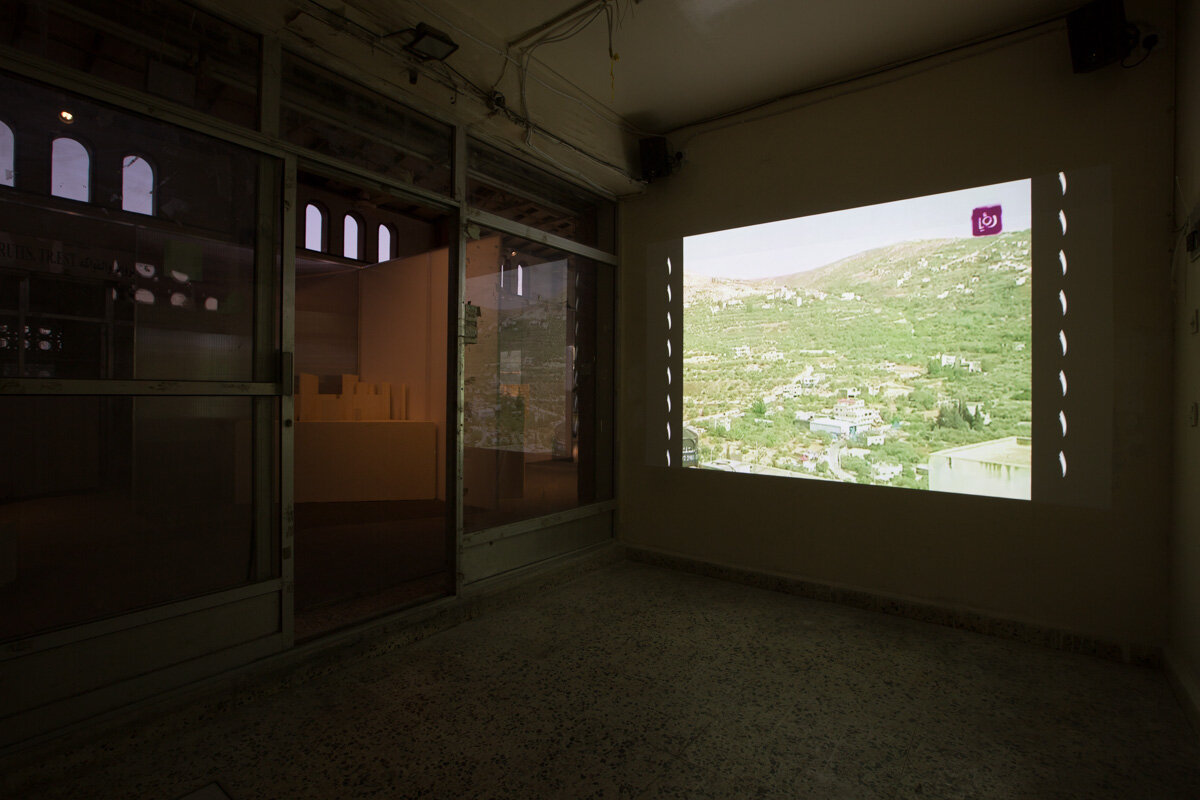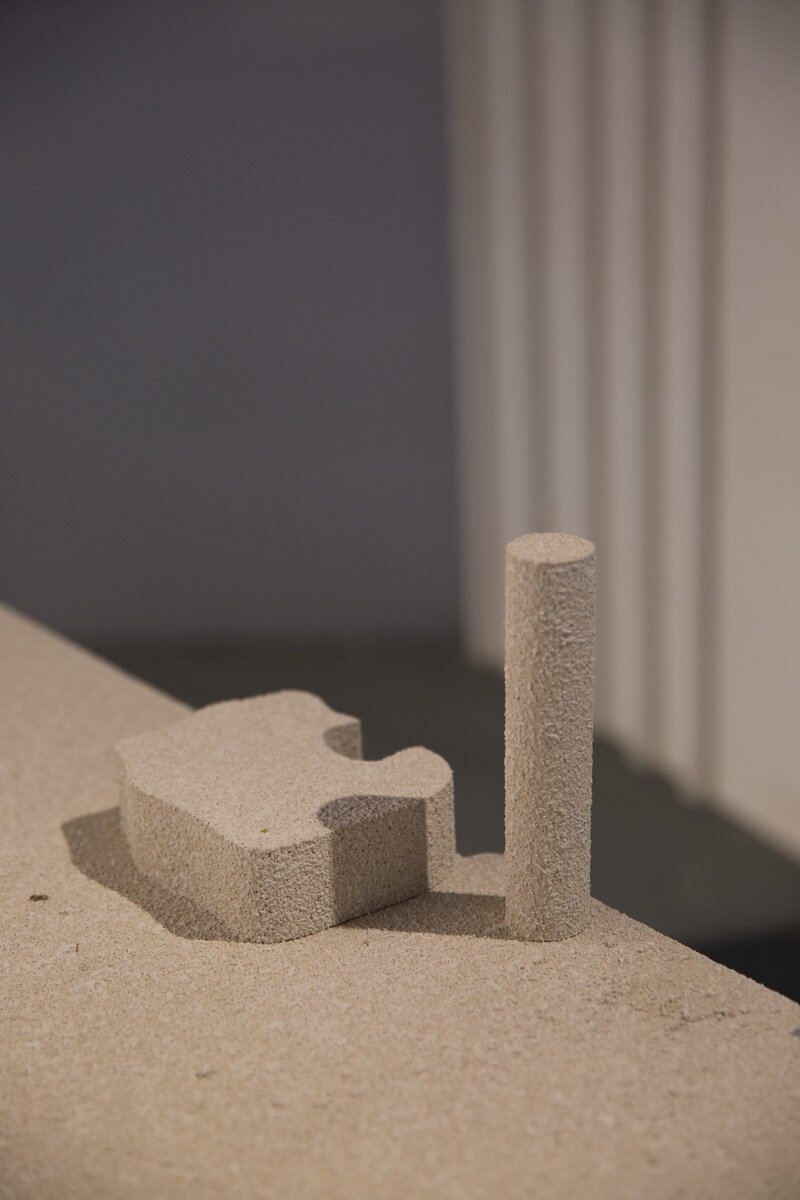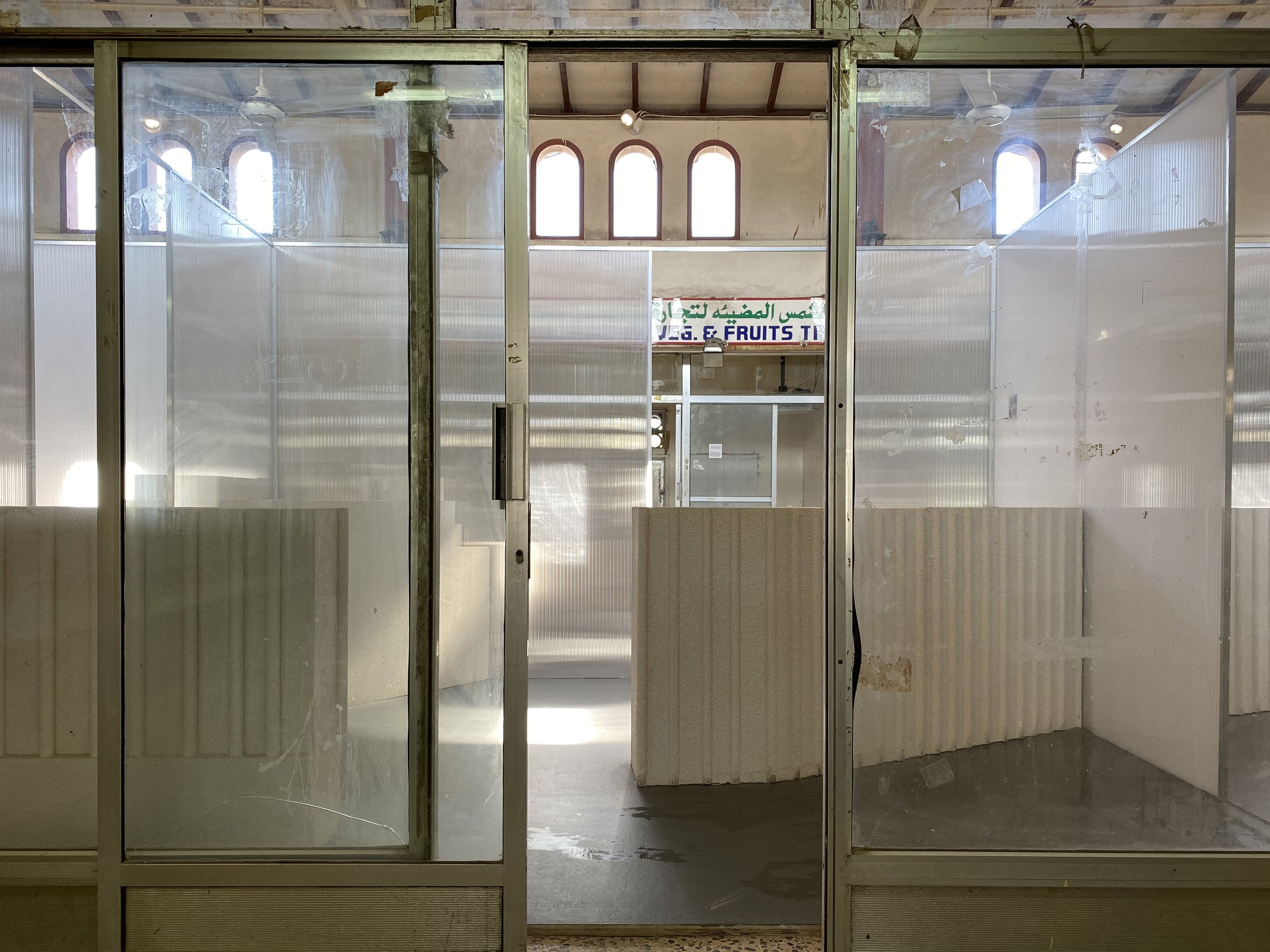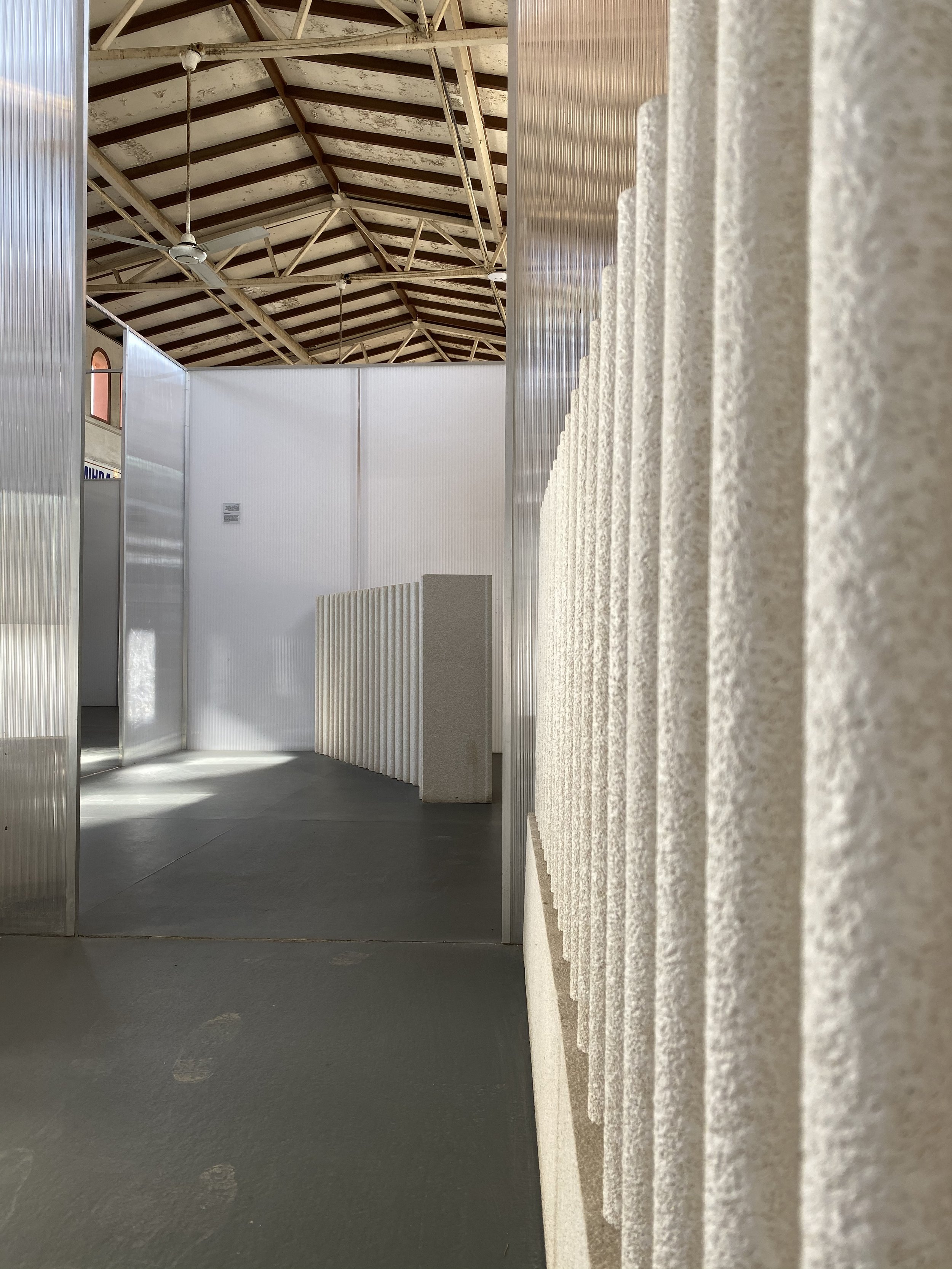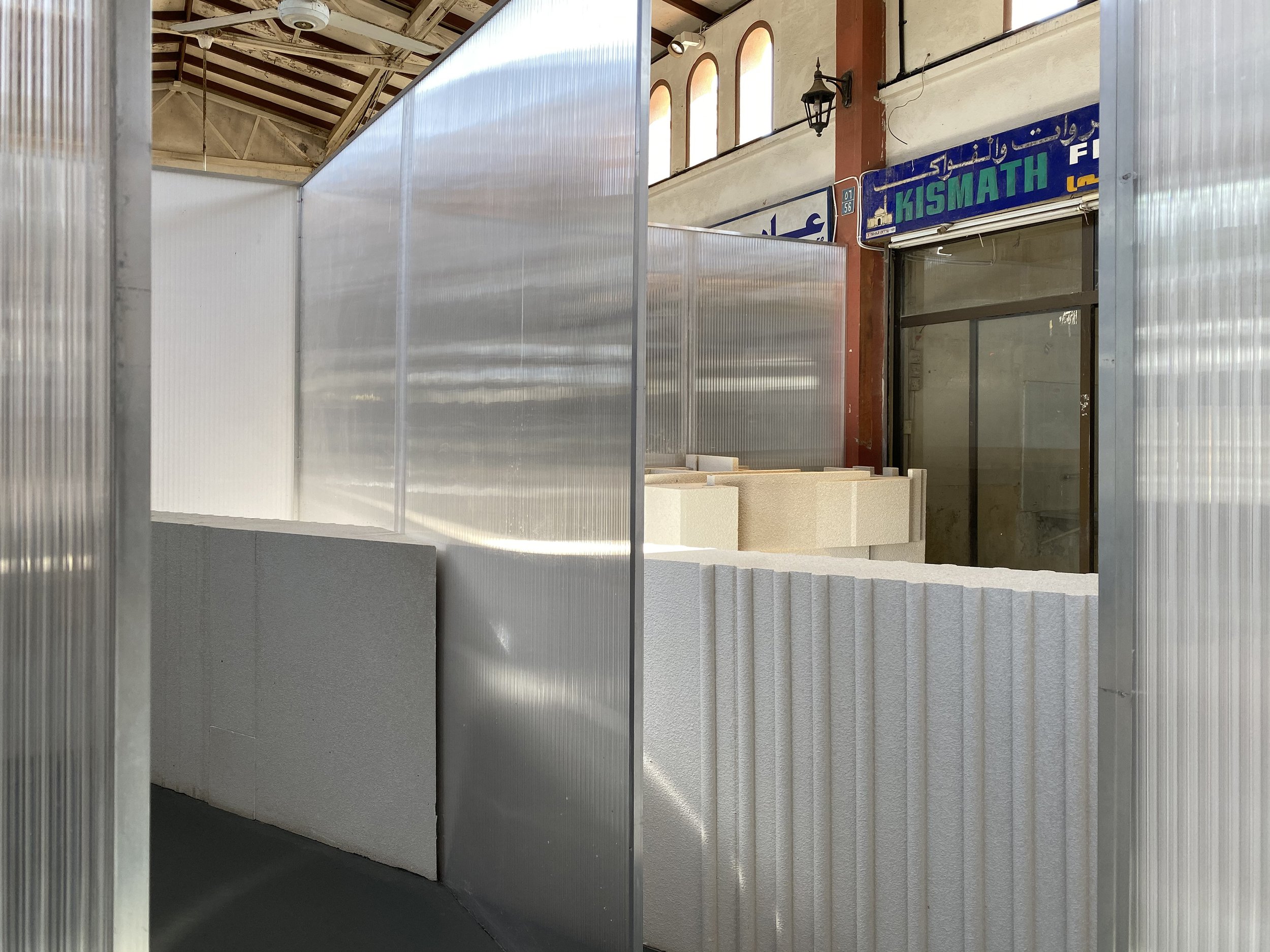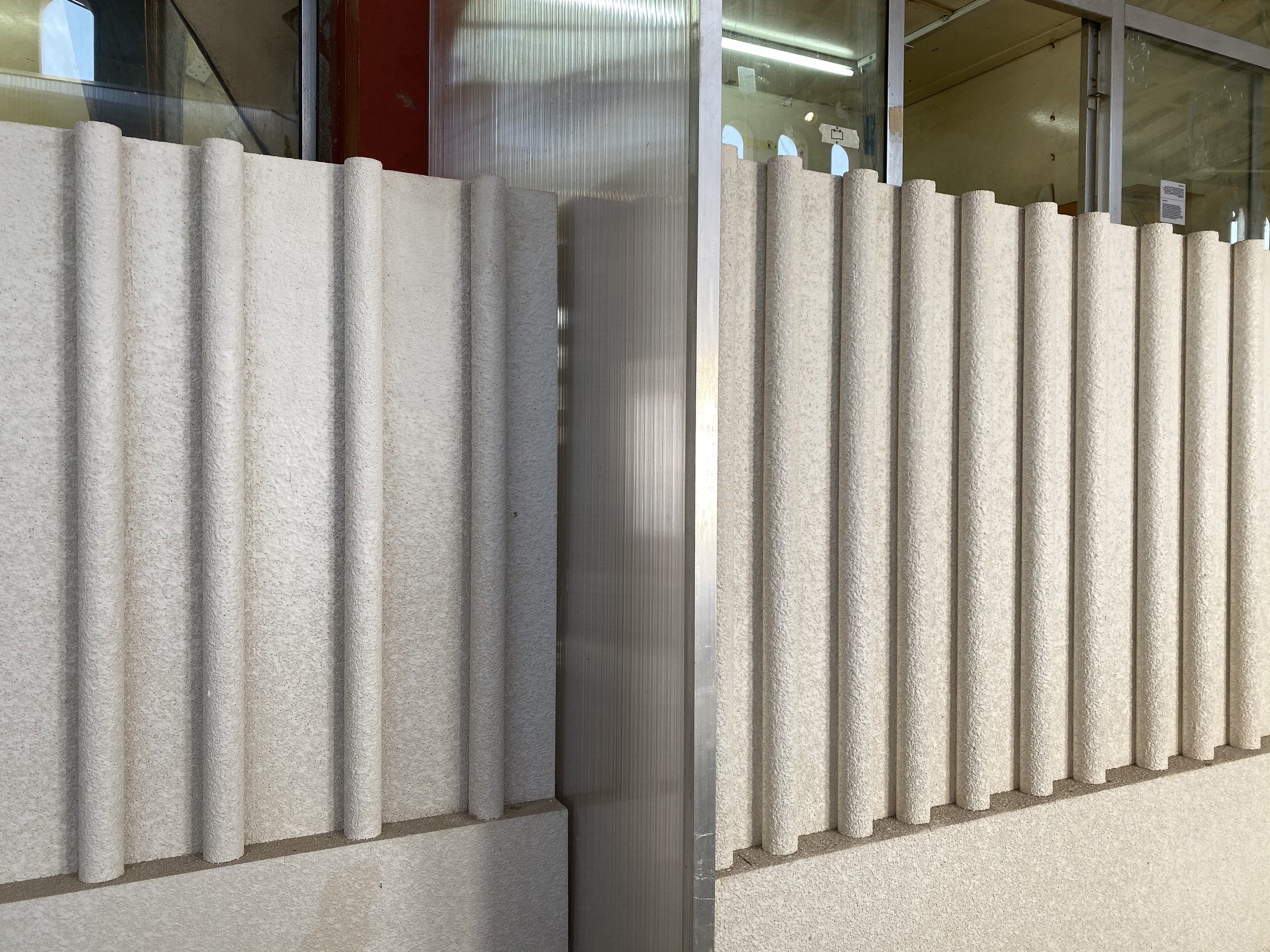Depth Unknown for Sharjah Architecture Triennial. Curated by Dr. Adrian Lahoud, 2019.
Supported by Sharjah Architecture Triennial and Dar Yusef Nasri Jacir for Art and Research
The ancient city of Sebastia, Palestine contains a deep field of monuments and entangled strata with countless artefacts. Pottery sherds, architectural fragments lie on the surface and hide underground. The field of Sebastia stretches beyond the boundaries of the archaeological site and the borders of Palestine. Within this network, displaced artefacts deemed valuable by specific institutions and individuals within settler-colonial regimes, are fragmented, stored in museum boxes and displayed in museum vitrines in Israel, the United States, and the United Kingdom.
Throughout the last century, these agents — such as the Israeli Civil Administration, Harvard University, and the British School of Archaeology in Jerusalem — superimposed their own subjective narratives onto the ground, silencing Sebastia through each archaeological excavation. This left Sebastia’s ground echoing and hollowed out, with voided trenches, missing columns, and depths unknown beyond the Judeo-Christian strata.
Today, the Israeli government encourages illegal settlers, carrying weapons, to enter Sebastia for mass religious tourism. The tourists use the archaeological monuments as a stage set to perform, with costumes on, the singular narratives of Ancient Samaria. Bulldozers are used through the archaeological site systematically by the Civil Administration to destroy the small Palestinian-owned businesses in the site.
As the objects and their context are continually altered along with their voices and memories, this project questions: what if the ground could speak for itself?
In this installation, eight major monuments from Sebastia are abstractly represented as solids of Sebastia’s missing elements, symbolically refilling those voids. The gridded spaces represent the museum vitrines in which part of the objects taken in the excavations are still violently stored and displayed. Sounds were recorded from 12 locations in Sebastia and manipulated using the discarded shards as instruments.
Photo by Antoine Espinasseau
Photographs by Ismail Noor














